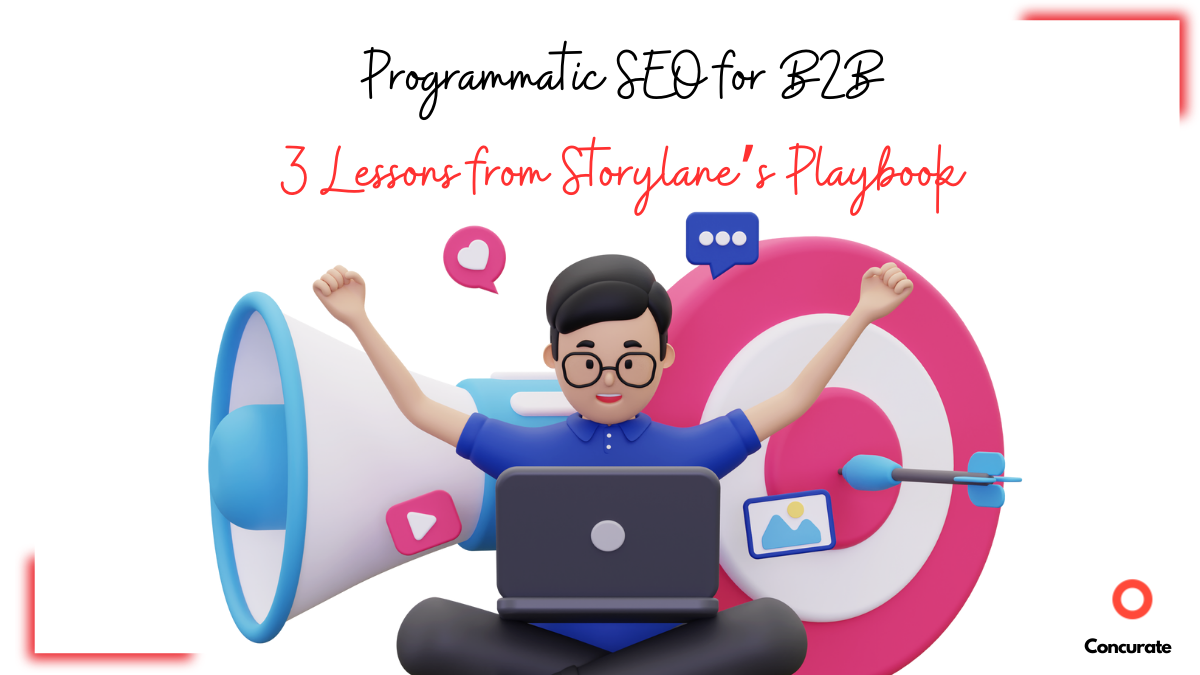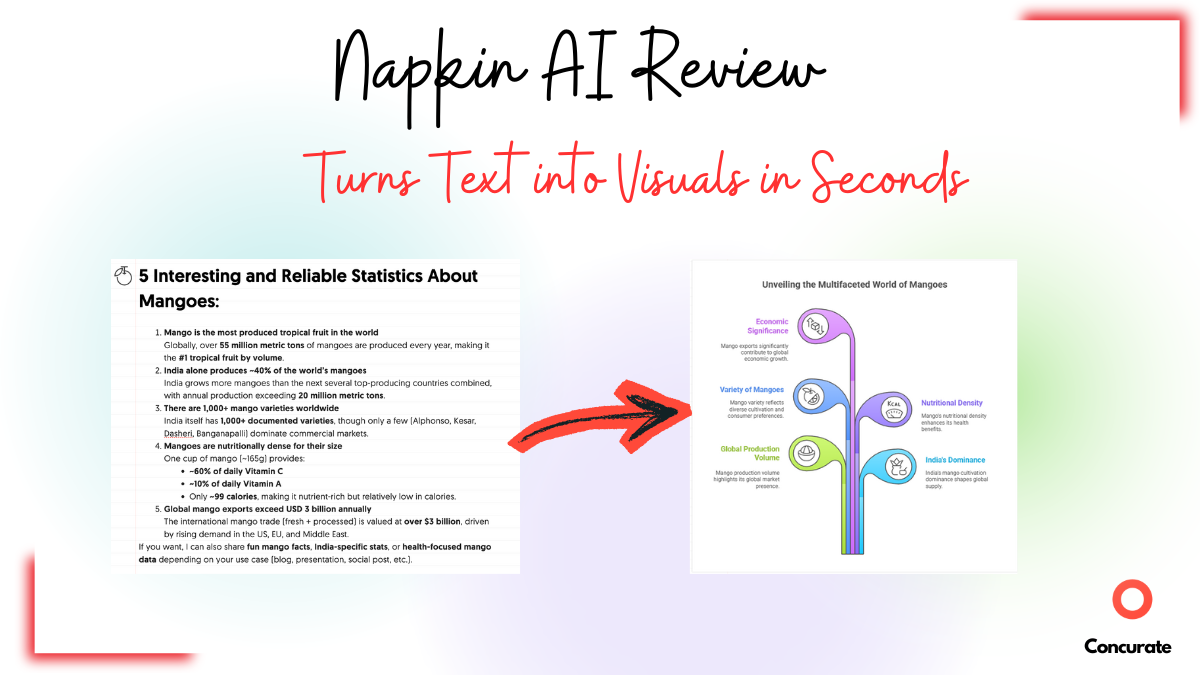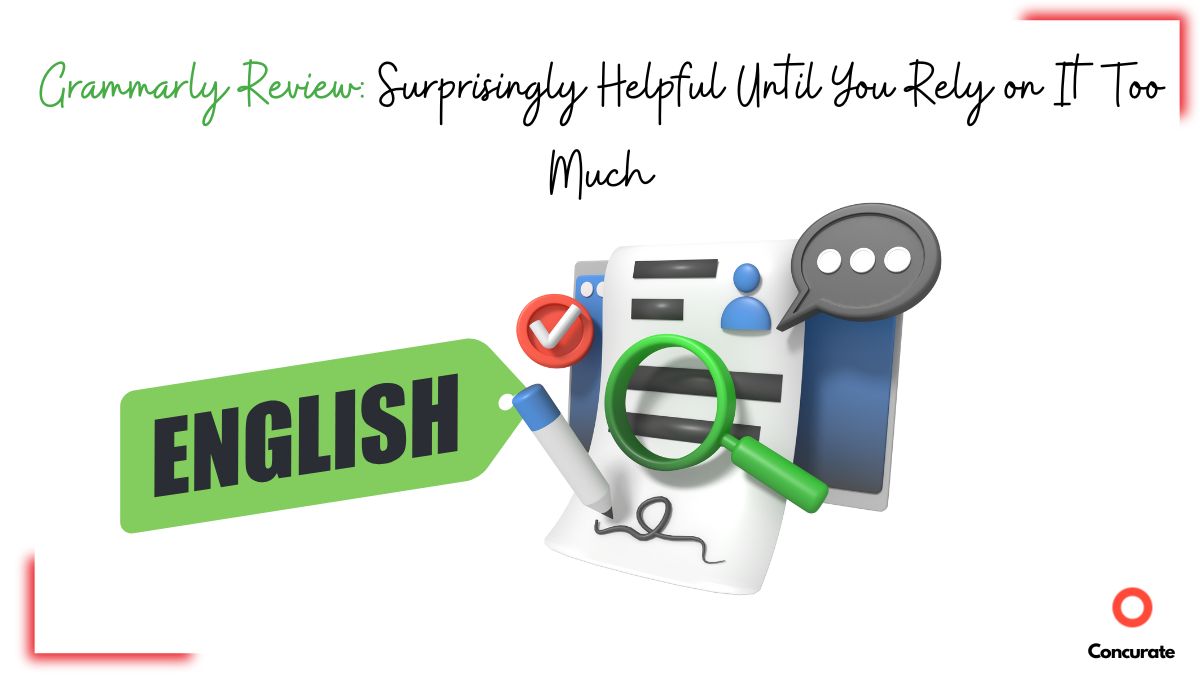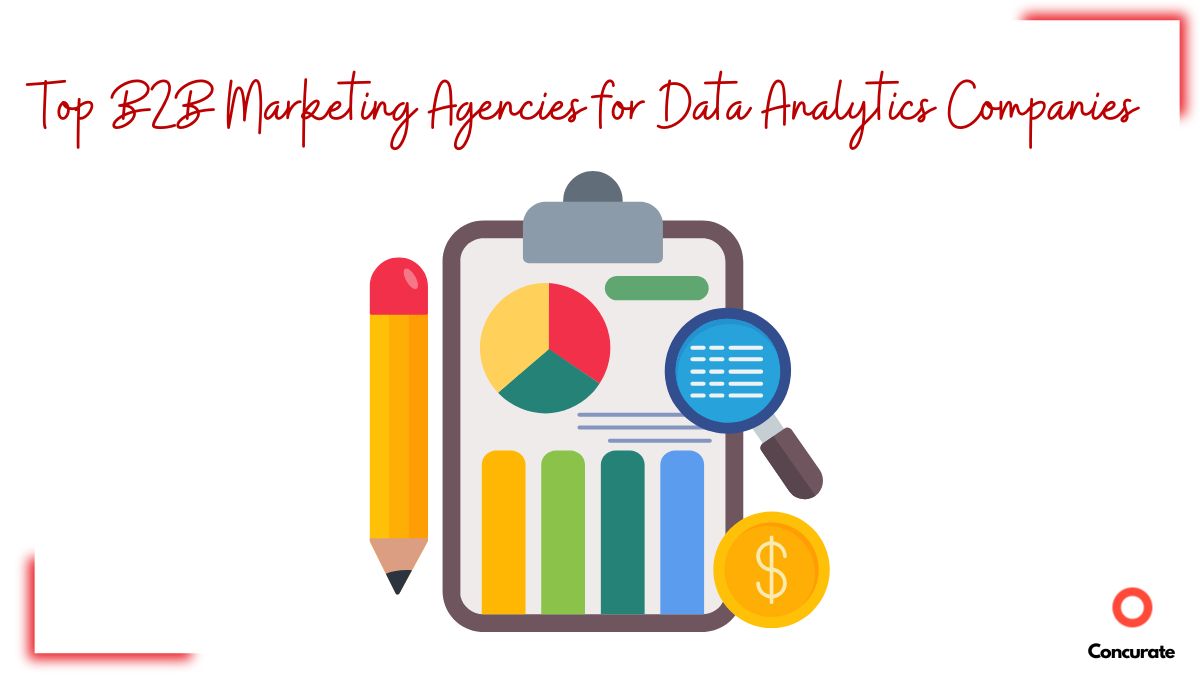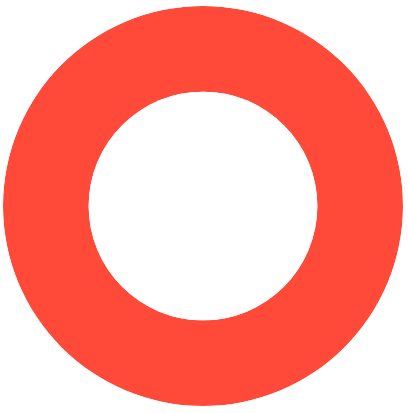| TL;DR: Many B2B founders limit programmatic SEO to use cases or high-volume terms. Storylane shows that real growth comes from expanding beyond templates, targeting overlooked queries, and personalizing at scale. |
How do you market a company that makes interactive demo videos?
Most teams would spam inboxes, run cold calls, or burn budget on a flashy campaign or two. But smart marketing isn’t about chasing attention. It’s about showing, not telling.
It’s about showing the product in action.
That’s exactly what Storylane nailed. Instead of begging companies for demos, they built thousands of them. Of really popular tools and respective queries that people search for.
These demos targeted long-tail searches, like:
- how to build a Salesforce demo,
- how to create a HubSpot walkthrough.
- how to curve text in canva
That last query has 11K global monthly searches. Today, Storylane ranks for nearly 60,000 organic keywords.

Source – ahrefs
Storylane is the example of programmatic SEO for B2B done right. Not limited to use-case pages, but engineered to match fragmented buyer journeys.
This is marketing done right – scalable, smart, and relentless. Let’s break down Storylane’s programmatic playbook and the lessons B2B teams can adopt.
Inside Storylane’s Playbook: The Popular SaaS Play
Storylane is hitting the sweet spot by capturing queries around the world’s most used tools, like LinkedIn, Canva, ChatGPT, Excel, and GitHub. These are the places where B2B buyers already spend considerable time.
When people Google “how to curve text in Canva” or “how to cancel LinkedIn premium”, they’re not just learning. They’re bumping into Storylane.
Here are some keywords they are ranking for and their respective global search volume, extracted from ahrefs.
| Query | Global Monthly Searches |
| how to delete LinkedIn account | 25 K |
| how to cancel Canva subscription | 19K |
| How to merge cells in excel | 43K |
| how to cancel ChatGPT subscription | 15.8K |
| how to curve text in Canva | 11.9K |
| how to find duplicates in Excel | 11.8K |
| how to cancel LinkedIn premium | 11.7K |
| how to move columns in Excel | 8.6K |
| how to delete ChatGPT account | 8.5K |
| how to turn off read receipts | 7.1K |
| how to delete a repository in GitHub | 7.8K |
It’s smart because:
- The queries are evergreen (thousands of people ask them every month).
- They double as impression builders. They warm up buyers who may not be ready today but will remember the brand tomorrow.
And for those who are relevant? It’s instant lead capture.
These queries may look like help content, but Storylane turns them into brand exposure at scale. Every impression builds recall. Every click is a chance to warm the funnel.
And do they rank across AI surfaces? Of course, they do.
For the query on cancelling the ChatGPT subscription, it shows up in AI overviews.
For other high-intent keywords as well, we spotted Storylane surfacing across AI Overviews and top search results.
But they are not only after popular tools.
Related Read: This reminds us of another SaaS success story: ElevenLabs. They built clusters around accents, personas, and even thousands of sound-effect variations, showing how programmatic SEO can work just as powerfully in AI-driven industries as in B2B SaaS.
The Quiet Keywords That Build Loud Authority
We all know that not every tool gets the spotlight like Canva, LinkedIn, or Excel does. Some tools live in the quiet corners, fulfilling their intent. And there are questions around those tools too, that practitioners ask. Questions like:
- How to block out time in Calendly
- How to add a Credly badge to LinkedIn
- How to approve a PR in Bitbucket
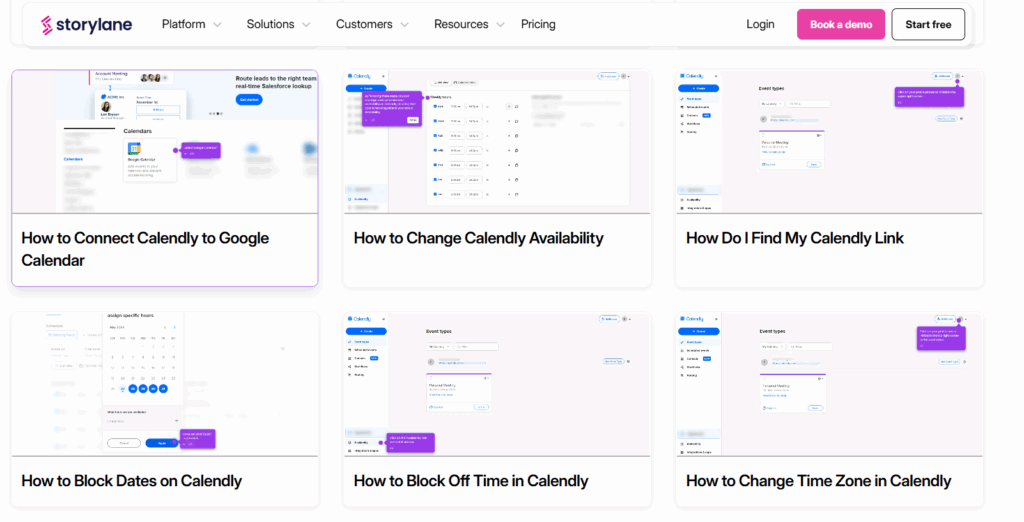
Source – Storylane
These aren’t flashy queries. Most people outside B2B tech have never even heard of these tools. But here’s the genius: Storylane shows up here too.
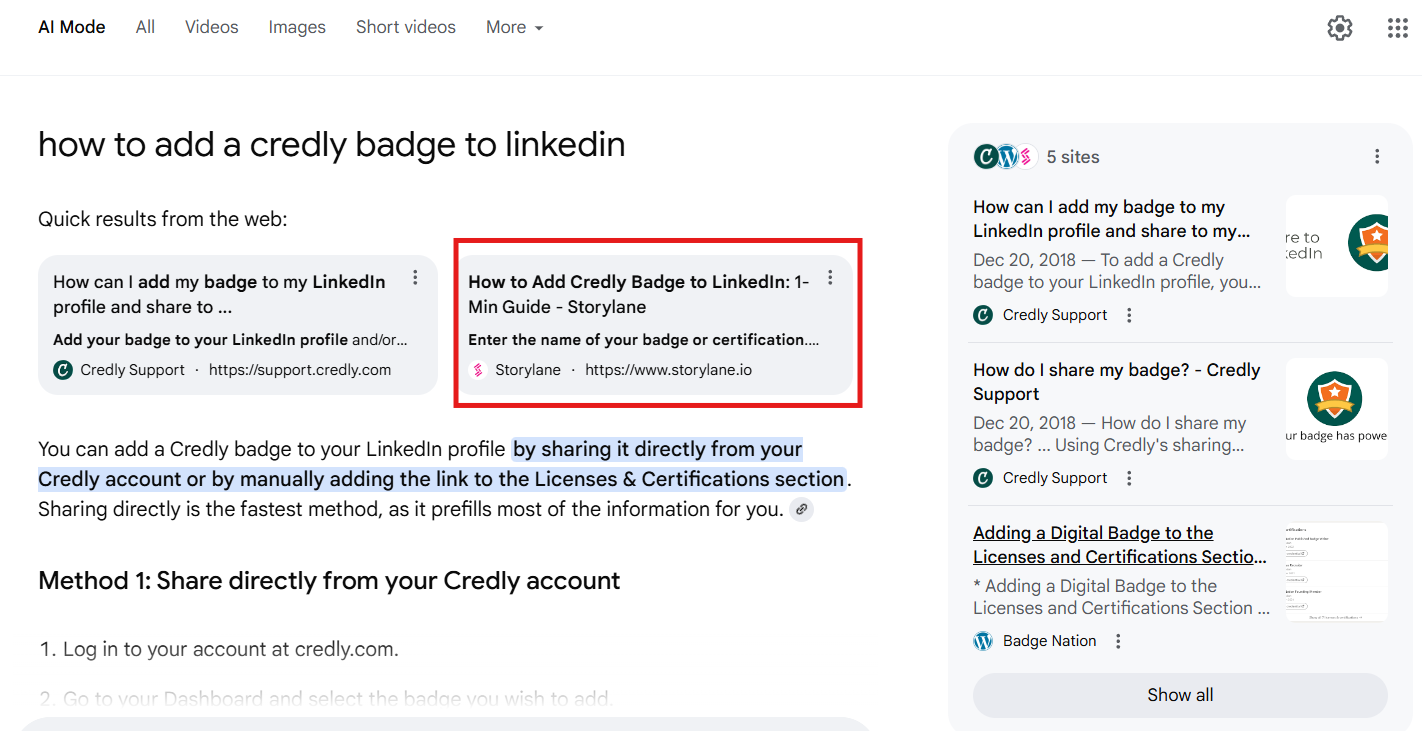
Because while each keyword barely moves the volume needle, collectively they stack up into authority signals. They capture fragmented buyer journeys in moments that matter.
This is how you build credibility where others aren’t even looking. The cost of creating these pages is negligible. But the payoff is massive. Because when buyers in these micro-moments search, guess who they meet?
Of course, it’s Storylane.
Programmatic SEO for B2B: 3 Lessons From Storylane’s Strategy
The genius of Storylane isn’t just in the traffic they’ve built. It’s in the way their strategy translates to any B2B play. Below are three insights from their strategy, and the takeaways you can apply to your own growth plan.
1. Don’t Limit Yourself To Use Cases Alone
Programmatic SEO isn’t just about use case or industry templates.
Storylane spread their bets across categories: productivity tools, developer tools, marketing tools, HR tools.
That breadth made Google see them not just as “another demo software vendor” but as an authoritative hub. That’s why their keyword base is nearly 60,000 strong and keeps compounding.
| Takeaway: Don’t limit yourself. Broaden your coverage beyond obvious use cases so Google and other AI surfaces sees you as an authority, not a one-trick vendor. |
2. Go Where Competitors Don’t Bother
Most competitors would fight over the same obvious keywords like “best demo automation software.” Storylane ignored that knife fight.
Instead, they picked queries nobody else thought were worth the effort. Queries like: how to indent on Notion, how to approve PR in Bitbucket, or how to make a copy of a Figma file.
Individually, they don’t look like much. But together, they stack up into topical depth that Google and Generative Engines can’t ignore.
| Takeaway: Skip the crowded battles. Own the overlooked queries that quietly build authority and compound over time. |
3. Personalize At Scale – Don’t Settle For Thin Pages
Programmatic SEO has a bad reputation for churning out paper-thin pages. Storylane proves it doesn’t have to be that way.
Each template they spin up feels personalized, contextual, and useful. That means even if a searcher never converts, they still see Storylane repeatedly – across queries, tools, and even across AI surfaces. It’s brand advertising delivered through organic search.
| Takeaway: Scale doesn’t have to mean thin. Programmatic SEO is as much about structure. Invest in personalization at the template level so your pages actually add value, and your brand earns trust. |
These insights from Storylane’s playbook show what’s possible when programmatic SEO is done with depth, breadth, and personalization. But theory is only half the story. At Concurate, we’ve helped B2B companies put these same principles into practice and drive real pipeline. Let’s take a look.
How Concurate Puts Programmatic SEO To Work For B2B Companies
Storylane shows what’s possible with programmatic SEO.
But at Concurate, we’ve seen it firsthand. We’ve applied programmatic SEO across very different domains, and delivered results that turned structure into pipeline.
Here are two examples that stand out.
One of our SaaS clients had a tool built to automate patent drawings for compliance across global jurisdictions. Instead of competing for high-volume keywords, we built jurisdiction-specific clusters. Within four months, 10 out of 13 blogs surfaced in Google’s AI Overviews, and we generated 13 qualified leads organically.
That’s not all. We used a slightly different programmatic strategy for one of our edtech clients. We built 70+ location-based training pages from a single framework. But each one reflected the nuance of its audience.
That structure helped our client get discovered across search and AI surfaces. It even drove inbound from a company with 60,000 employees. You can read the detailed case study here.
At Concurate, we know programmatic SEO isn’t about mass-producing thin templates. It’s about structure, precision, and context. Done right, it builds authority, earns trust, and compounds into the pipeline.
If you’re a B2B founder wondering whether programmatic SEO can work for your company, let’s talk. We’ll help you design the right structure and turn it into real, measurable growth.
Frequently Asked Questions
Traditional SEO focuses on a handful of high-volume keywords. Programmatic SEO builds structured pages at scale, covering long-tail, high-intent queries your buyers actually search.
Yes, if done right. Google penalizes low-value, automated content, not structured, personalized pages. Programmatic SEO only works long-term if each page adds context and utility. Thin, mass-produced pages risk penalties. Structured, useful pages build trust and visibility across both Google and AI Overviews.
You don’t need to wait a year. With the right structure, results often show in weeks. This could mean visibility in Google’s top results or AI Overviews as an early sign. Pipeline impact, however, compounds over months as clusters gain authority and more queries surface.


